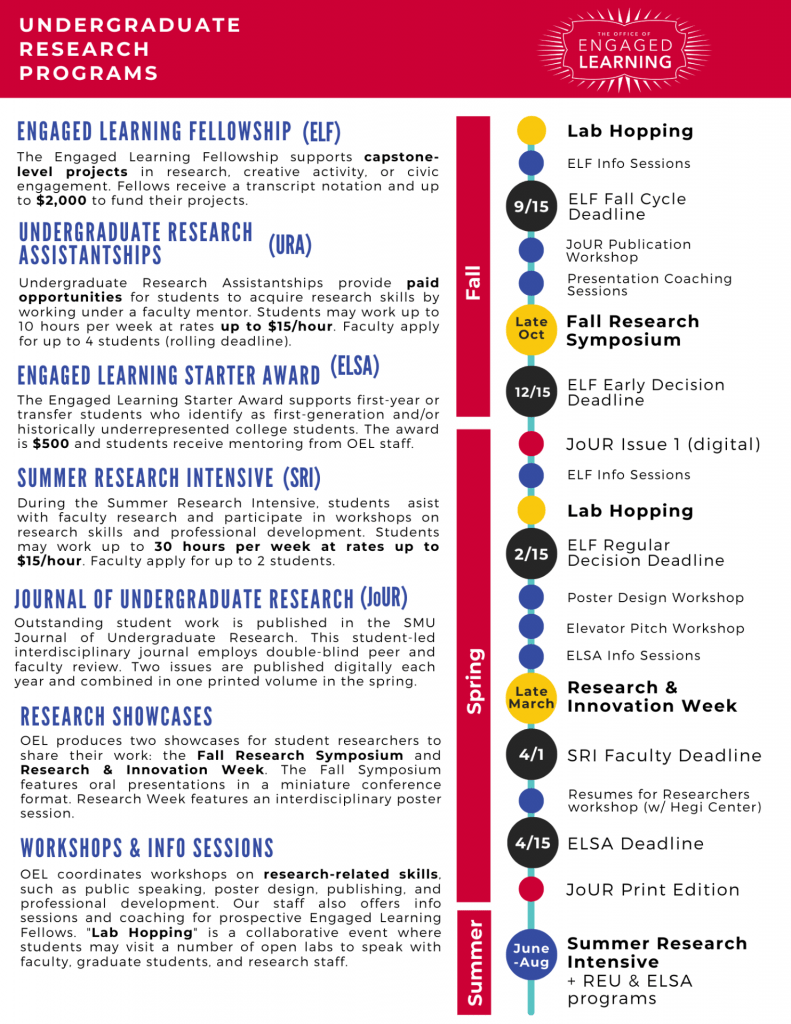
The Cox Behavioral Lab “exists to support the research of the management department in our endeavors to better understand organizations and the people who work in them.”
Those are the words of Professor of Practice in Management and Organizations, Dr. Benjamin Dow. The research lab is part of the Management and Organizations department in the Cox School of Business and specializes in the areas of leadership, culture and conspiracy theories.
For those unaware of what the Cox Behavioral Lab does, the professor provides a quick summary:
According to Dr. Dow, “We study people and organizations, and our goal is something along the lines of how we can make organizational life better for people and make organizations function better. . . the Behavioral Lab supports our research on that by allowing us to ask questions or have activities with students, letting us learn how people operate in organizational environments.”
Researching Vaccine Intentions
Current projects involve vaccine intentions and negotiations. The goal is understanding how “the ways we see ourselves in relationship to others affects the relationship between the belief in conspiracy theories and the actions that we take.”
Many of the processes and methods conducted by the lab are online and survey-based due to the renovation of the Cox School of Business. Online activities may include game participation and interacting with people through online chats. One-on-one interactions such as mock negotiations or small group activities, where people are placed in a group to talk to each other and accomplish tasks such as creating a list of creative ideas, also aid in data collection.
Researching Sexual Harassment in the Workplace

“The more we can understand about how people react to sexual harassment in the workplace, the better that we can prepare people to continue to make work places a safe space for women and bolster equality in a greater sense.”
Those are the words of Undergraduate Research Assistant Sarah Millet ’23. She spoke about her experience working in the lab now and during the height of the pandemic. She has seen an increase of trust for online data collected from surveys and connections with research institutions.
Sarah is interested to see how people react to witnessing a case of sexual harassment. To study this, she uses a simple game in which all players are assumed to be real people.
To Sarah, this research project is important because “so much progress has been made in women’s rights in the office space, but I think that sexual harassment is something that still acutely impacts women more than men.” She emphasizes that workplaces can be improved for women when we understand not only about the person who harasses, but also those around them. Co-workers can step in and cultivate change.
The Lab Environment
We were also given a statement by Undergraduate Research Assistant Kathryn Romano ’23 regarding the lab’s work environment:

“Working with Dr. Dow has been incredibly enriching. Not only is he understanding and encouraging, he also wants to include all of the assistants in the research he’s doing. I think I can speak for all of my fellow research assistants when I say working in the lab has been interesting and not in the least bit boring.”
In the future, Dr. Dow hopes to make the process of researching a more engaging experience by allowing assistants to design their own studies and learn the ins and outs of conducting it.
If you would like to get involved with the lab as an undergraduate researcher, please contact Dr. Dow at bdow@mail.smu.edu.







